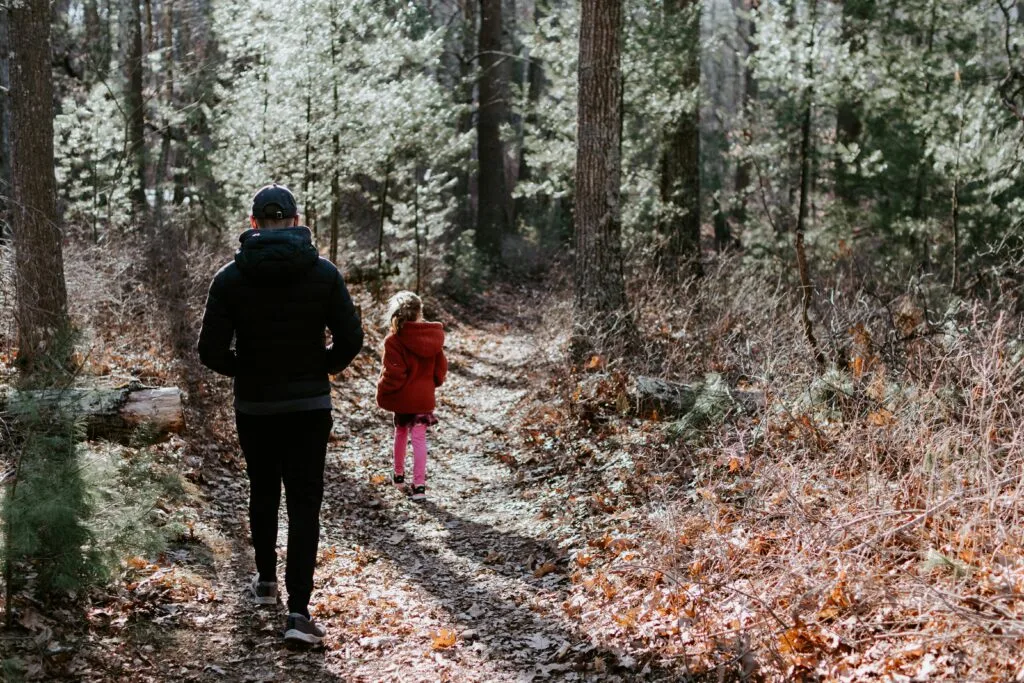Remember those Friday nights when we’d gather around the family TV or sneak into the local theater, knowing we were about to watch something that would keep us awake for weeks? The 1980s gave us some of the most deliciously terrifying films that had us simultaneously covering our eyes and peeking through our fingers. These weren’t just horror movies—they were cultural phenomena that united us in our shared fear and fascination.
Whether you were a teenager trying to impress your date or a grown adult who should have known better, these films had a way of getting under our skin and staying there. They combined practical effects that still hold up today with storylines that tapped into our deepest anxieties about technology, family, and the unknown. Let’s take a nostalgic journey back to those spine-tingling moments that made the ’80s such a memorable decade for scares.
1. Poltergeist (1982)
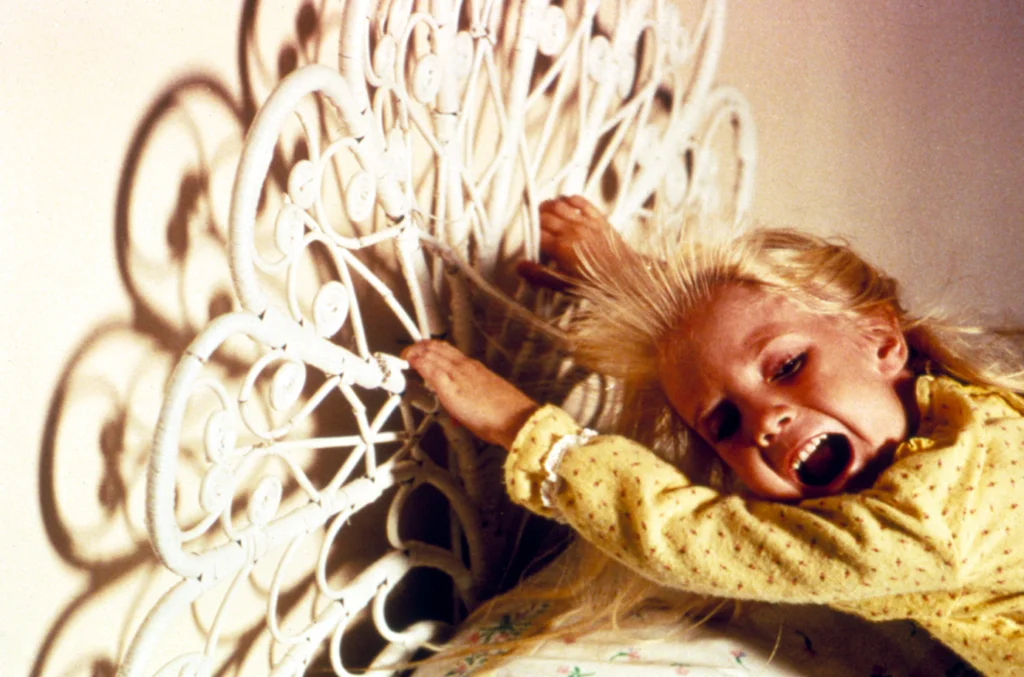
This suburban nightmare turned our own homes into potential horror houses, making us question every creaky floorboard and flickering light. Tobe Hooper’s masterpiece took the safe haven of middle-class America and twisted it into something sinister, with little Carol Anne’s innocent “They’re here” becoming one of cinema’s most chilling lines. The film’s blend of family drama and supernatural terror struck a chord with audiences who suddenly found themselves checking their children’s bedrooms a little more carefully each night.
What made Poltergeist particularly unnerving was how it grounded its scares in the familiar—the static on the television, the thunderstorm outside, the tree branch scraping against the window. We all had those same elements in our own homes, making it impossible to dismiss the film’s terrors as pure fantasy. The movie’s PG rating somehow made it even more unsettling, as if the horror was sanitized just enough to seep into our everyday lives without warning.
2. The Thing (1982)

John Carpenter’s masterpiece of paranoia and body horror trapped us in an Antarctic research station where trust became a luxury no one could afford. The film’s practical effects were so grotesquely realistic that they made us question what we were actually seeing, creating a visceral experience that CGI still struggles to match decades later. Kurt Russell’s MacReady became our reluctant guide through a nightmare where anyone—including the person sitting next to you in the theater—could be the enemy.
The genius of The Thing lay in its psychological warfare, turning the simple act of looking at someone into a moment of potential terror. We found ourselves studying faces, searching for signs of infection or deception, both on screen and off. The film’s bleak ending offered no comfort or resolution, leaving us to walk out of the theater with the unsettling feeling that the horror could continue indefinitely.
3. A Nightmare on Elm Street (1984)
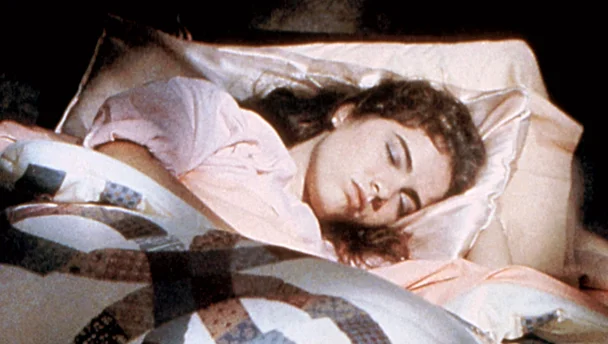
Wes Craven’s twisted fairy tale made sleep itself the enemy, violating the one place we thought we were truly safe. Freddy Krueger, with his burned face, striped sweater, and razor-fingered glove, became the stuff of actual nightmares, proving that sometimes the most effective monsters are the ones that follow us into our dreams. The film’s central premise—that you could die in your sleep—tapped into a primal fear that resonated with anyone who’d ever had a bad dream.
What made Freddy particularly terrifying was his dark sense of humor, delivered through Robert Englund’s chilling performance that balanced menace with macabre wit. Unlike the silent stalkers of other horror films, Freddy talked to his victims, making the horror personal and psychological. The movie’s success spawned countless sequels, but none quite captured the original’s perfect blend of supernatural dread and teenage vulnerability.
4. The Fly (1986)
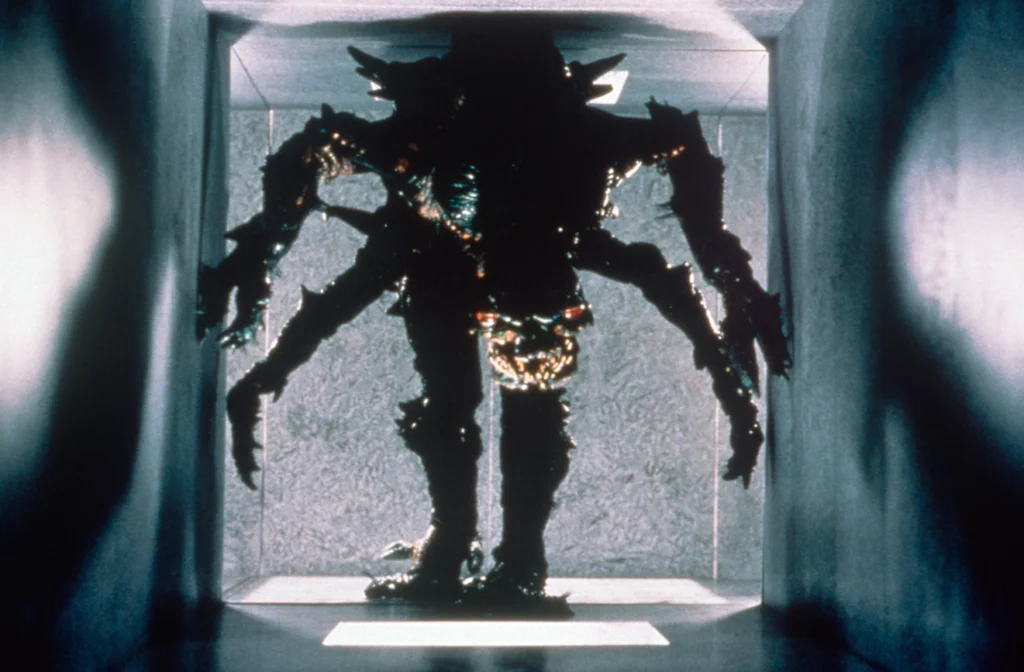
David Cronenberg’s reimagining of the classic tale turned body horror into high art, forcing us to witness Jeff Goldblum’s Seth Brundle slowly transform into something unrecognizable. The film’s practical effects were so convincingly disgusting that they made us physically uncomfortable, yet we couldn’t look away from Brundle’s tragic metamorphosis. Goldblum’s charismatic performance made us genuinely care about his character, which made his gradual dehumanization all the more heartbreaking.
The movie worked on multiple levels, serving as both a visceral horror experience and a metaphor for disease, aging, and the fragility of human identity. We watched in fascination and revulsion as Brundle lost pieces of himself—literally and figuratively—transforming from a brilliant scientist into a creature driven by base instincts. The film’s emotional core, anchored by Geena Davis’s performance as his horrified lover, gave weight to the grotesque spectacle and made the horror feel deeply personal.
5. Gremlins (1984)

Joe Dante’s darkly comic tale started as a Christmas story about an adorable pet and quickly devolved into chaos when we learned that some gifts come with very specific instructions. The film’s genius lay in its ability to make us fall in love with Gizmo before introducing his malevolent offspring, who transformed a small town into their personal playground of destruction. What seemed like a family-friendly adventure took increasingly dark turns, culminating in scenes that made us question whether we were watching a children’s movie or a horror film.
The gremlins themselves became cultural icons, representing the chaos that lurks just beneath the surface of suburban normalcy. Their gleeful destruction of everything from movie theaters to department stores reflected a kind of anarchic joy that was both terrifying and oddly appealing. The film’s blend of humor and horror created a unique viewing experience that left us unsure whether to laugh or hide, often doing both simultaneously.
6. Fright Night (1985)
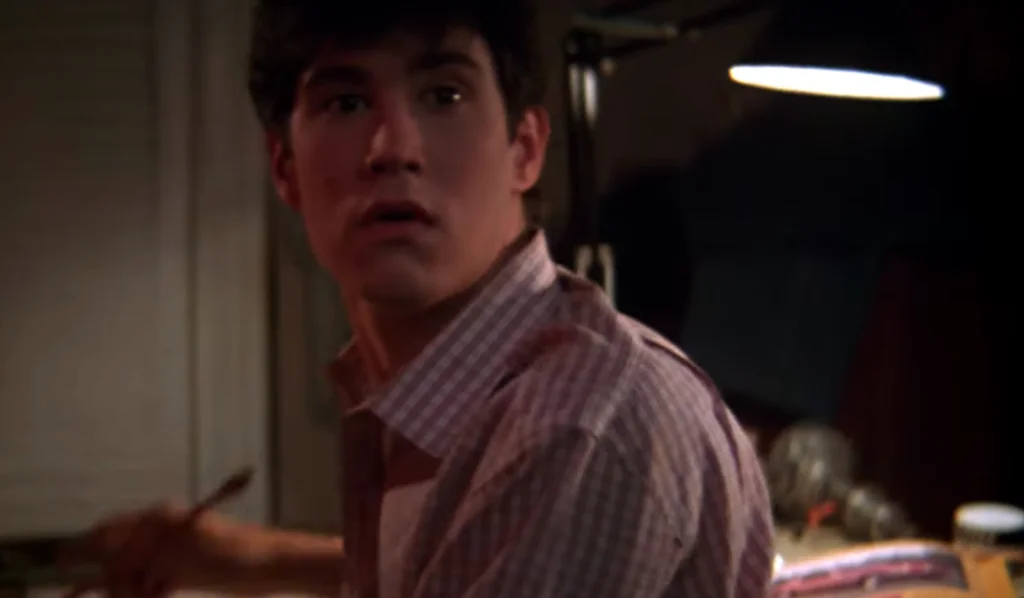
Tom Holland’s vampire tale brought the classic monster into the modern world, complete with suburban neighborhoods and cable television. Chris Sarandon’s Jerry Dandridge was the perfect ’80s vampire—charming, sophisticated, and absolutely ruthless—while Roddy McDowall’s has-been horror host Peter Vincent provided both comic relief and genuine pathos. The film cleverly played with our expectations of vampire lore while delivering genuine scares and surprising emotional depth.
What made Fright Night special was its self-aware approach to horror, acknowledging the genre’s conventions while still managing to frighten us. The movie understood that we’d seen vampire films before, but it used that knowledge to subvert our expectations and create fresh scares. Charlie Brewster’s desperate attempts to convince adults of the supernatural threat next door reflected every teenager’s frustration with being dismissed by the grown-up world.
7. Videodrome (1983)
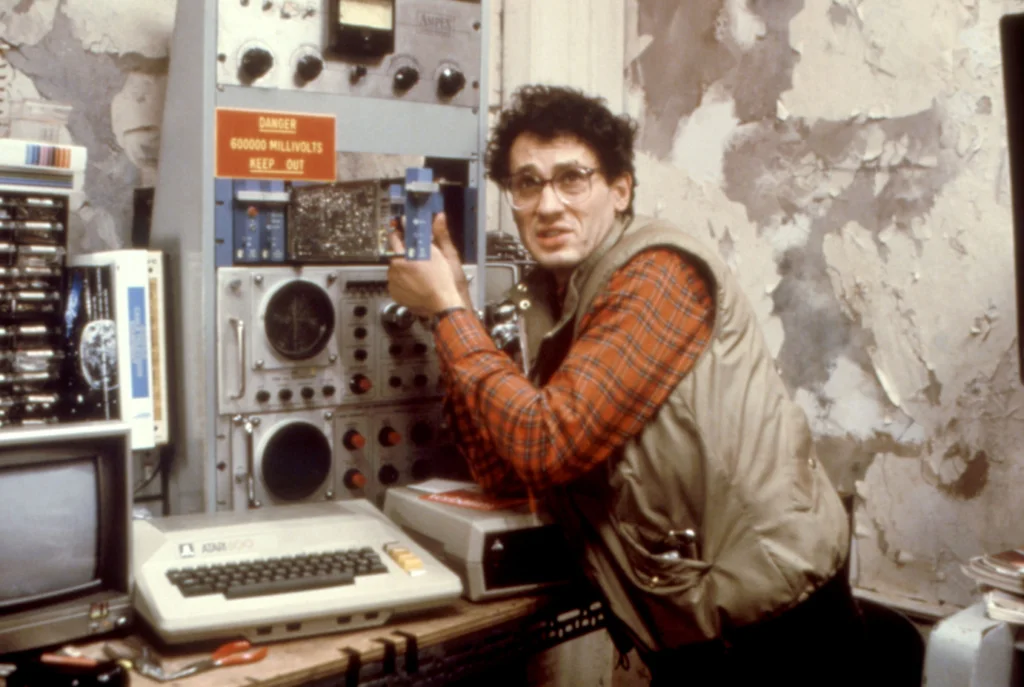
David Cronenberg’s media-obsessed nightmare predicted our relationship with technology decades before we fully understood the implications ourselves. James Woods’s Max Renn descended into a world where television literally got under his skin, transforming both his body and his perception of reality. The film’s grotesque imagery and philosophical questions about media consumption created a viewing experience that was as intellectually challenging as it was viscerally disturbing.
Videodrome’s prescient themes about media manipulation and technological dependence felt like science fiction in 1983 but seem eerily prophetic today. The movie’s famous tagline, “Long live the new flesh,” took on new meaning as we watched Max’s body become a battlefield between organic and electronic impulses. Cronenberg’s vision of a world where entertainment and reality blur beyond recognition was both fascinating and deeply unsettling.
8. The Blob (1988)
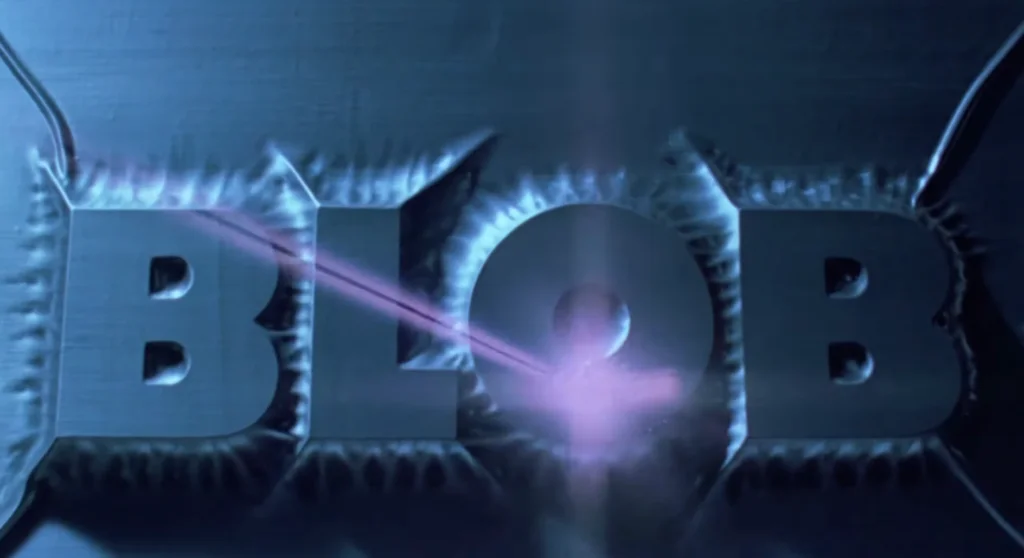
Chuck Russell’s remake of the 1958 classic updated the gelatinous monster for the gore-loving ’80s, creating practical effects that were simultaneously impressive and nauseating. The film’s small-town setting felt authentic, populated with characters we actually cared about, which made their encounters with the ever-growing blob all the more impactful. Unlike many horror remakes, this version respected the original while creating something entirely its own.
The blob itself became a metaphor for unstoppable consumption and environmental destruction, themes that resonated with ’80s audiences concerned about nuclear waste and corporate malfeasance. The creature’s ability to dissolve anything organic created a sense of hopelessness that few movie monsters could match. Watching the blob grow larger and more aggressive with each victim made us realize that conventional weapons and heroics might not be enough to stop this particular nightmare.
9. Dead Zone (1983)
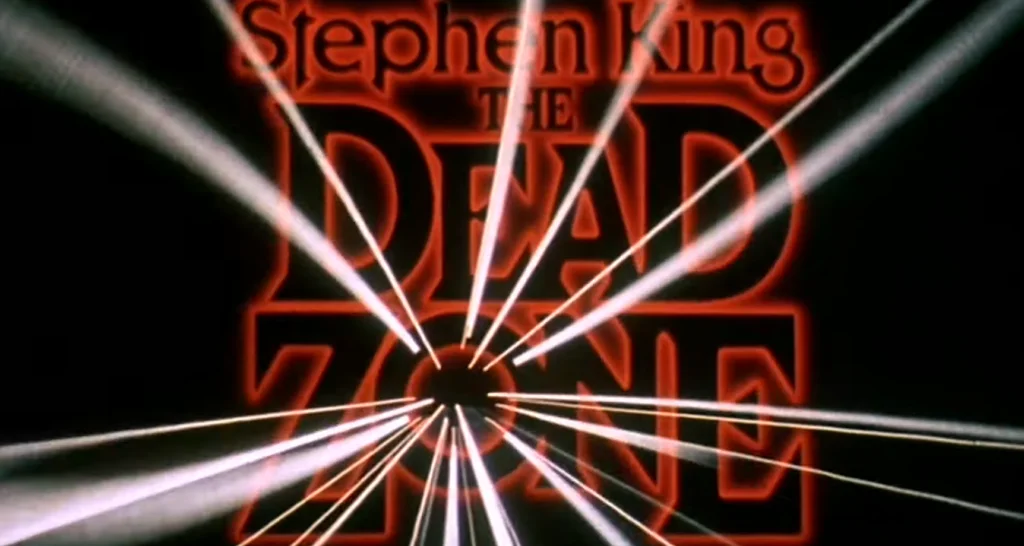
Stephen King’s psychic thriller, brought to life by David Cronenberg, turned the gift of precognition into a terrible curse that isolated Christopher Walken’s Johnny Smith from the world he desperately wanted to rejoin. The film’s exploration of fate, free will, and moral responsibility created a more cerebral kind of horror that got under our skin through psychological rather than visceral means. Walken’s haunted performance made us feel the weight of knowledge that no one should have to carry.
The movie’s political subplot, involving a dangerous presidential candidate, felt particularly relevant during the Cold War era when nuclear annihilation seemed like a real possibility. Johnny’s visions of future catastrophes forced both him and the audience to grapple with impossible moral choices. The film’s tragic ending suggested that sometimes preventing horror requires becoming something horrible yourself, a theme that lingered long after the credits rolled.
10. Scanners (1981)

David Cronenberg’s tale of psychic warfare introduced us to a world where thoughts could literally explode heads, creating one of cinema’s most memorable and shocking moments. The film’s exploration of pharmaceutical experimentation and corporate conspiracy tapped into ’80s anxieties about medical ethics and corporate power. Michael Ironside’s villainous Revok became the embodiment of psychic malevolence, using his powers for personal gain rather than the greater good.
The movie’s low-budget origins actually enhanced its effectiveness, creating a gritty, realistic atmosphere that made the fantastic elements more believable. The scanning sequences, where psychics battled each other with pure mental energy, were both thrilling and disturbing to watch. Cronenberg’s ability to ground outlandish concepts in recognizable human emotions and conflicts made the film’s horror feel uncomfortably plausible.
11. Night of the Demons (1988)
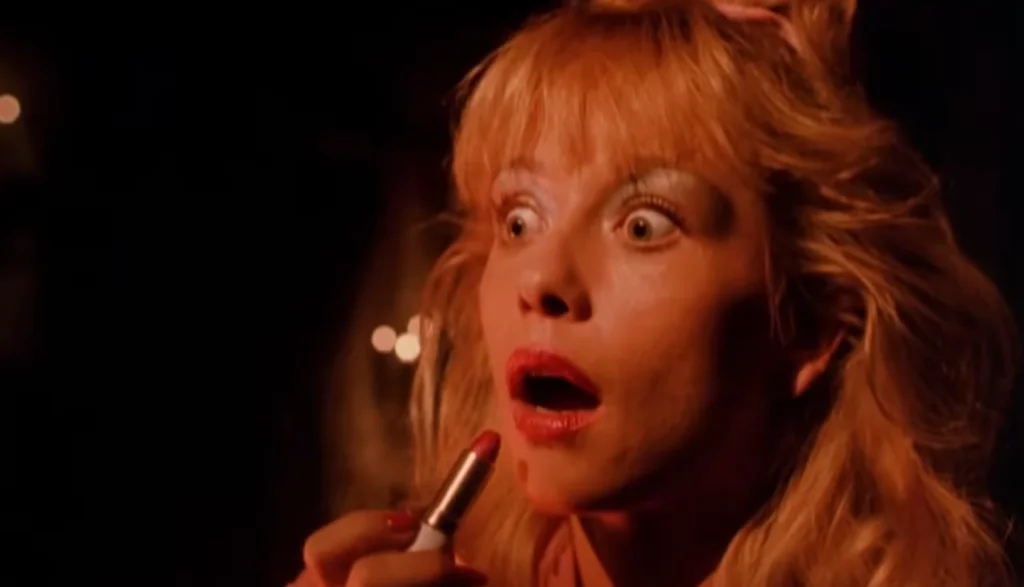
Kevin Tenney’s supernatural party crasher took the familiar setup of teenagers in a haunted house and cranked up both the scares and the dark humor. The film’s demons were genuinely frightening, possessing their victims in ways that were both grotesque and oddly seductive. Angela’s transformation from awkward teenager to supernatural seductress became one of the decade’s most memorable monster moments.
What set Night of the Demons apart from other teen horror films was its commitment to practical effects and genuine atmosphere. The Hull House became a character in its own right, with its decay and menace seeping into every frame. The movie understood that the best horror comes from taking familiar situations and pushing them just far enough over the edge to become nightmarish.
12. The Return of the Living Dead (1985)

Dan O’Bannon’s punk rock zombie comedy created a new breed of undead that were faster, smarter, and hungrier than anything we’d seen before. The film’s irreverent tone and genuine scares created a unique viewing experience that influenced countless horror comedies that followed. These zombies didn’t just want flesh—they specifically craved brains, adding a darkly comic element to traditional zombie horror.
The movie’s punk aesthetic and rebellious attitude perfectly captured the ’80s counterculture while delivering legitimate frights. The characters’ attempts to dispose of zombie remains only made things worse, creating an escalating series of disasters that felt both hilarious and terrifying. The film’s message that there are some problems that can’t be solved, only contained, resonated with audiences living through their own seemingly insurmountable challenges.
13. They Live (1988)
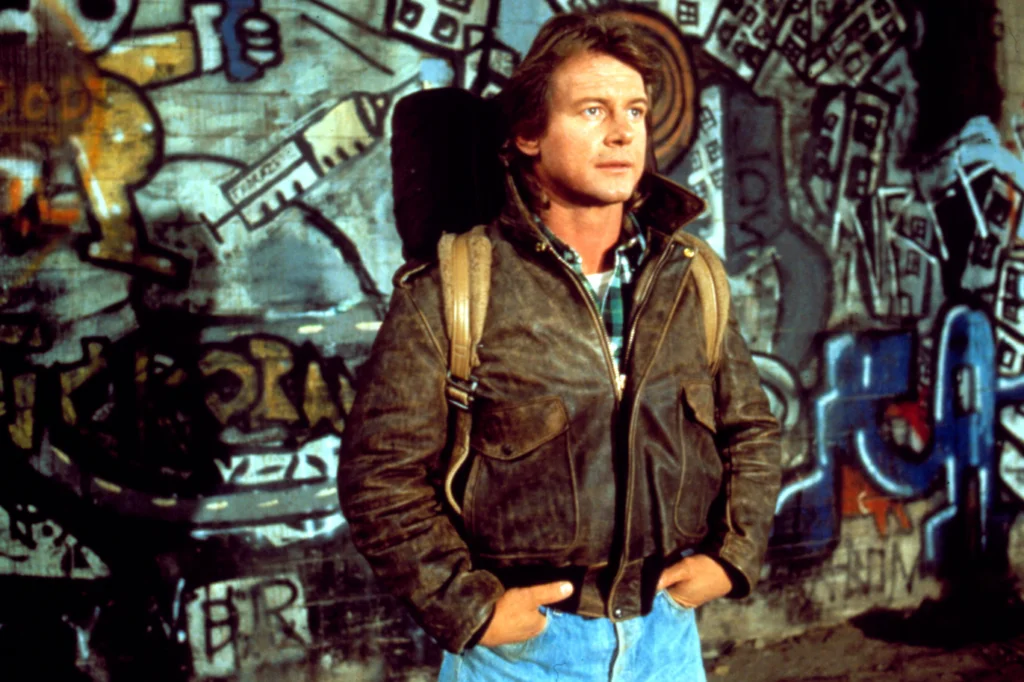
John Carpenter’s science fiction thriller disguised as a B-movie delivered both thrills and social commentary, revealing a world where alien invaders had been hiding in plain sight all along. Roddy Piper’s construction worker Nada discovered that special sunglasses could reveal the truth about society’s hidden controllers, leading to both the film’s most famous fight scene and its most chilling revelations. The movie’s famous line “I have come here to chew bubblegum and kick butt—and I’m all out of bubblegum” became an instant classic.
The film’s paranoid atmosphere and anti-consumerist message struck a chord with audiences who were beginning to question the excess and materialism of the Reagan era. The aliens’ use of subliminal messages through media and advertising felt like a logical extension of real-world marketing manipulation. Carpenter’s ability to blend action, horror, and social commentary created a film that worked on multiple levels, entertaining us while making us think about the forces that might be manipulating our daily lives.
Looking back at these thirteen films, it’s clear that the 1980s represented a golden age of practical effects, creative storytelling, and genuine scares that have rarely been matched since. These movies didn’t just frighten us—they became part of our shared cultural experience, creating memories that we still discuss and debate decades later. They reminded us that the best horror comes not from elaborate special effects or extreme gore, but from tapping into our deepest fears and anxieties while giving us characters we could relate to and care about. The legacy of these films lives on in every modern horror movie that tries to recapture their magic, but there was something special about that particular moment in cinema history. Maybe it was the perfect storm of emerging technology, talented filmmakers, and audiences hungry for new kinds of scares, or maybe it was simply the innocence of an era when we could still be genuinely surprised by what we saw on screen. Whatever the reason, these movies proved that sometimes the best way to deal with our fears is to face them head-on—even if we have to peek through our fingers to do it.
This story 13 ’80s Movies That Made Us Cover Our Eyes In Fear—But Still Peek was first published on Takes Me Back.

